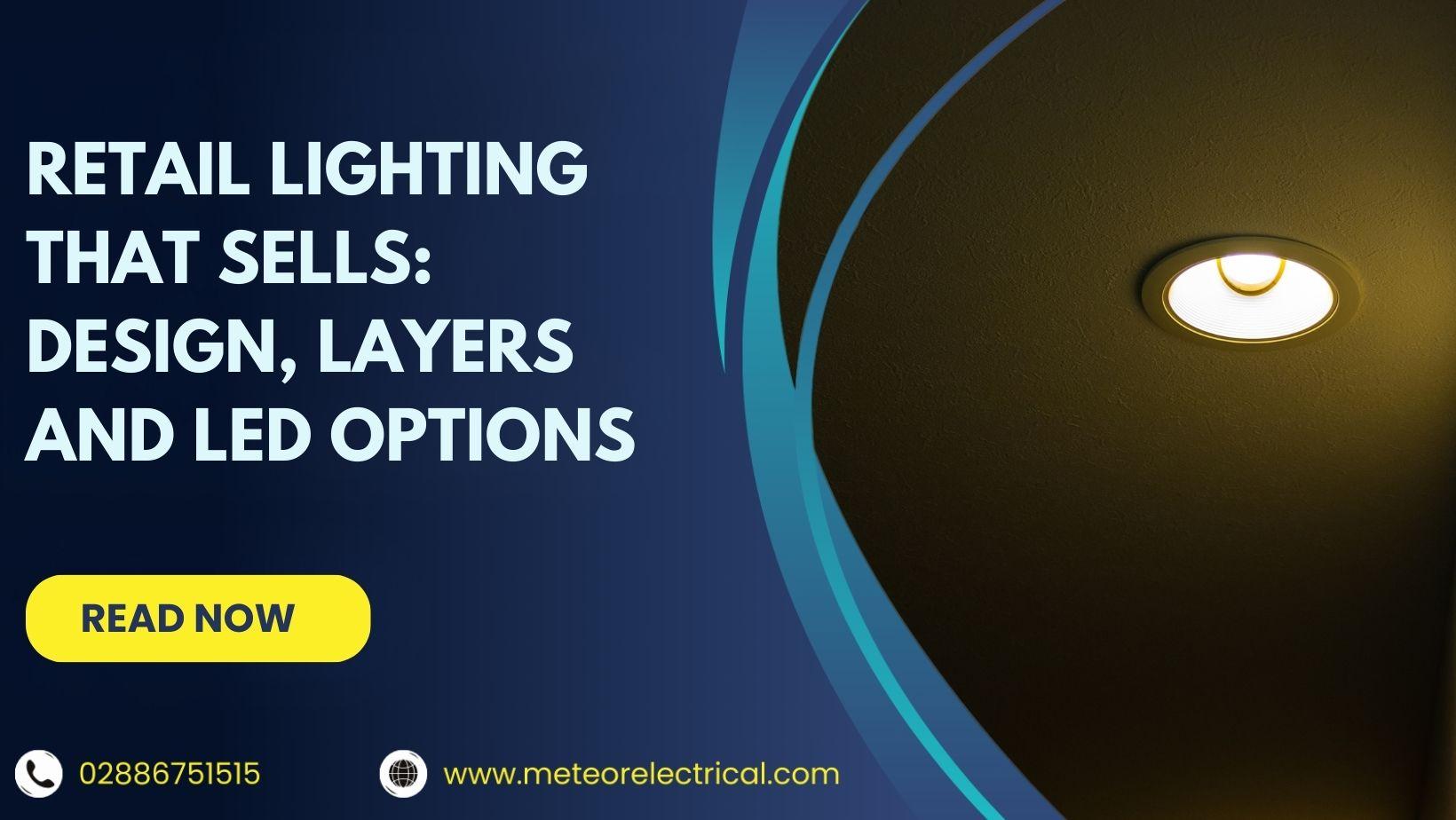Retail Lighting That Sells: Design, Layers and LED Options
Retail Lighting That Sells: Design, Layers and LED Options
Good lighting can be the quiet difference between casual browsers and serious buyers. In retail, it shapes first impressions, guides footfall, and helps products look their best. It also supports safety and staff productivity. The trick is to blend science with storytelling: the science of lux, colour rendering and glare, and the story your brand wants customers to feel. For practical advice, see best practices from the Health and Safety Executive.
Below, you will find an actionable retail lighting design guide you can apply to any store format.
Why Is Lighting Design Important for Retail Spaces?
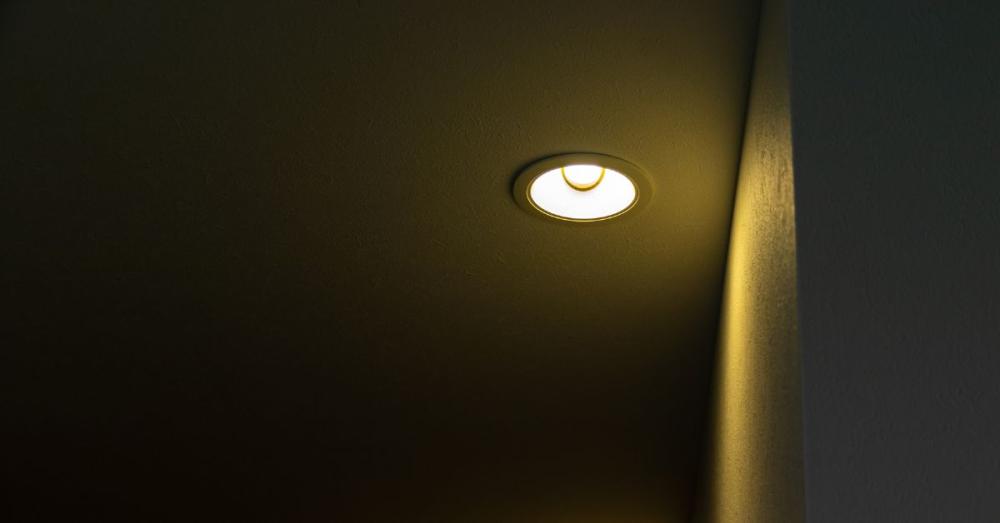
How you light your store affects more than ambience. It influences:
- Purchasing behaviour and dwell time
- Customer mood and perceived quality
- Navigation, safety and brand recall
- Employee comfort, accuracy and morale
Good lighting earns trust. Accurate colour rendering helps shoppers judge fabrics, finishes, and freshness, which reduces returns. Clear visual hierarchy draws the eye to hero zones, promotions, and services. Comfortable light reduces fatigue for your team at the till, fitting rooms, and back of house. In short, well-planned illumination supports sales, service, and safety in one.
How to Choose the Right Light Fixture?
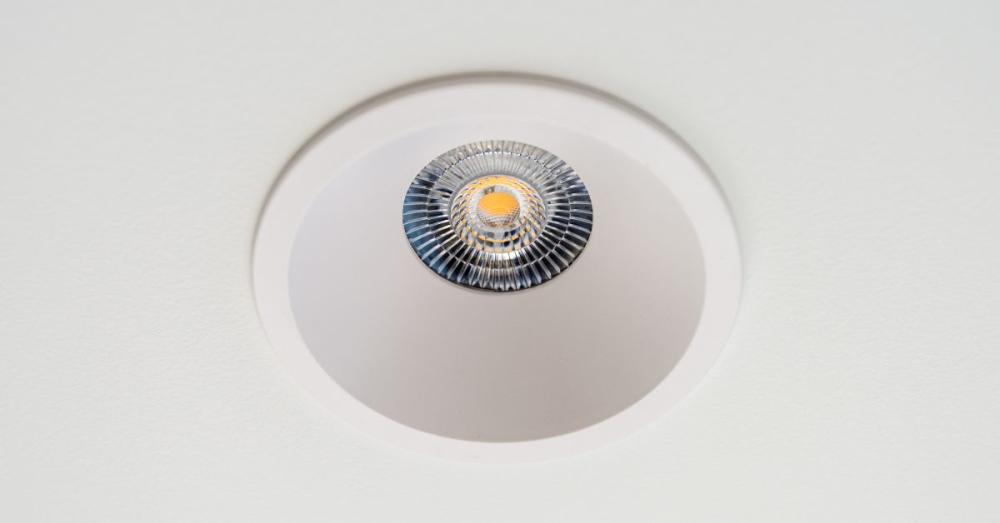
There are many options, from architectural downlights and linear profiles to pendants, track spots and wall washers. Two questions keep you on track.
How Does the Fixture Add to Your Brand Image?
Fittings communicate personality. Minimal architectural luminaires support modern and premium edits. Natural finishes suit lifestyle or artisanal stores. Decorative pendants raise perceived value in boutique and jewellery environments. Match optics and trim details to the tone of your brand, and check Unified Glare Rating (UGR) for comfort. A cohesive kit of parts makes seasonal refreshes easier and keeps the store looking consistent.
How Does the Light Highlight Your Product?
Function matters as much as form. Choose beam angles, output, and colour rendering to suit what you sell.
- Medium beams for apparel rails and gondolas, with CRI 90+ to keep colours true.
- Narrow spots for mannequins, glassware, and feature plinths.
- Wall washers for branding, graphics, and textured backdrops.
Place the brightest light on the most important stories. This simple rule underpins lighting layout and design best practices and helps customers see what matters first.
Should You Add Downlighting and Uplighting in Retail Spaces?
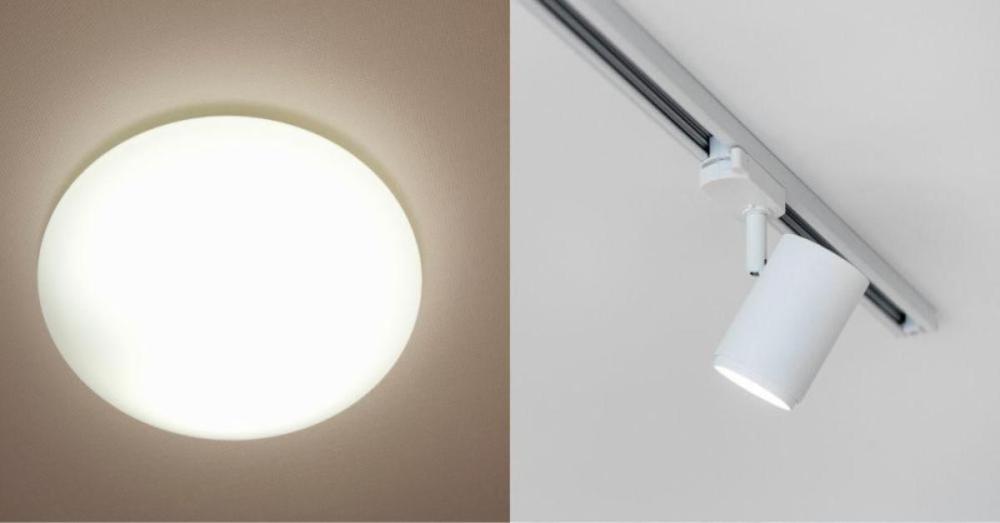
Downlighting
Downlighting sits high and shines downward. It is your workhorse for clear visibility on circulation routes, tables, and counters. Adjustable track heads allow you to tune focus as merchandising changes. Use low-glare recessed downlights or microprism panels for soft, even general light. On façades, downlighting improves safety and security of your space and reduces the contrast between daylight and interior brightness in the evening.
Uplighting
Uplighting sits low and shines upward. It adds drama, depth, and vertical brightness. Use it to wash columns, plants, and textured walls or to lift high ceilings so spaces feel larger and more welcoming. In display windows, a touch of uplight avoids flat-looking mannequins at night and gives graphics more presence from the street.
How to Choose Between Downlighting and Uplighting?
Choosing between LED downlighting and uplighting solely depends on your requirements. Downlighting delivers functional visibility for movement and browsing. Uplighting adds theatre and balances the room by brightening vertical surfaces. The most successful LED retail lighting solutions mix both, so the store feels comfortable to navigate and visually interesting to explore.
Source- Lightium
Tips For Creating A Great Lighting Design For Your Retail Space
A little planning goes a long way. Use the tips below to build a scheme that sells and saves.
Choose The Right Colour Temperature And Brightness
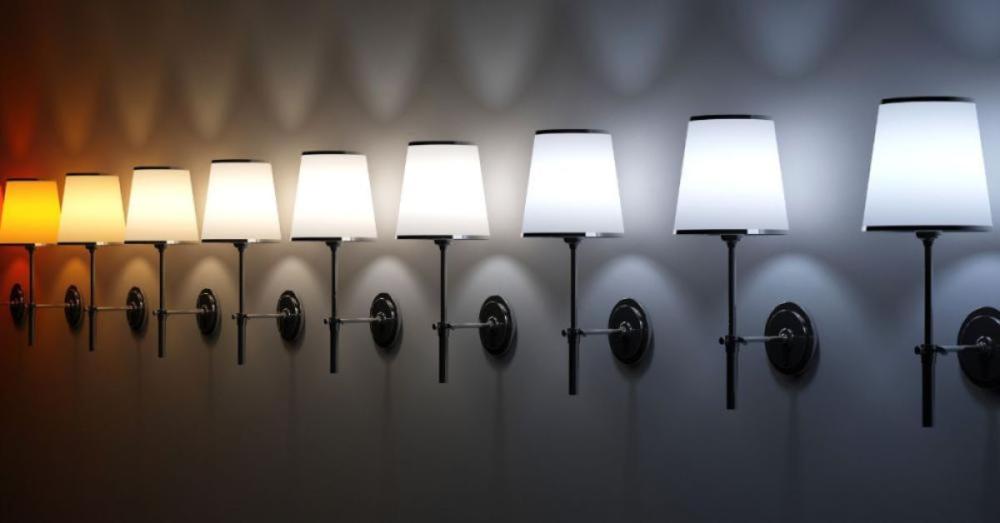
Colour temperature shapes mood and clarity.
- 2,700 K to 3,000 K creates warm, intimate settings for lifestyle, cafes and homeware.
- 3,500 K to 4,000 K is a versatile neutral white for most general retail.
- 5,000 K to 6,500 K suits tech zones and back-of-house tasks that need crisp detail.
Brightness depends on ceiling height and reflectance. As a guide, target 300 to 500 lux in sales areas, with 750 to 1,000 lux on feature displays. Prioritise high CRI, especially R9, for colour-critical categories such as fashion, cosmetics, and food.
Make Sure There’s Even Illumination
Uniformity keeps customers comfortable and reduces trip risks. Avoid pools of glare or deep shadows. Space luminaires evenly, use the right beam angles, and consider wall washing to lift verticals. A quick check with a lux meter confirms that your averages and uniformity ratios are on track.
Add Exit And Emergency Lights
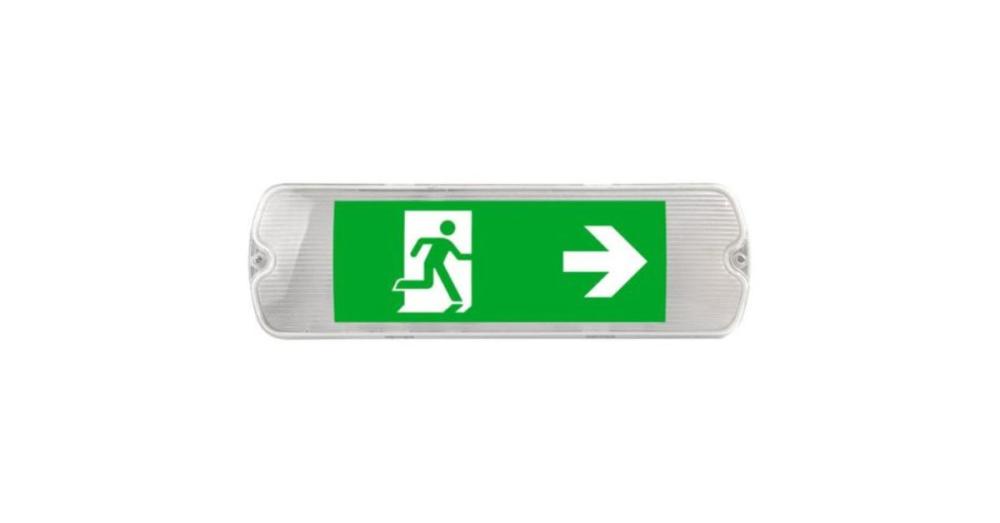
Retail spaces need robust escape signage and emergency lighting for safe evacuations. Choose solutions that suit your interior:
- Edge-lit exit signs have a slim profile for contemporary stores.
- Combination units pair exit legends with emergency heads for stair cores and final exits.
- Single or double-faced legends are selected based on approach direction.
Test regularly, document results, and follow the standards referenced by CIBSE and your local authority. Planning for resilience protects customers and staff, and it also supports compliance with insurance and audit requirements.
Think About Energy Efficient Technologies
LED has transformed lighting economics. You get lower energy use, longer life, and better colour, often with shorter payback than you expect. To maximise savings:
- Add presence sensors in stockrooms, corridors, and ancillary spaces.
- Use daylight sensors near windows to trim output when the sun is doing the work.
- Run simple timeclock scenes for open, trade, cleaning, and after hours.
- Standardise drivers and modules across stores to simplify maintenance.
Source - Grundfos
These steps create energy efficient retail lighting that reduces bills and carbon without compromising ambience. They also help you hit corporate sustainability metrics and reduce out of hours light pollution.
How to Layer Lighting in Retail Spaces?
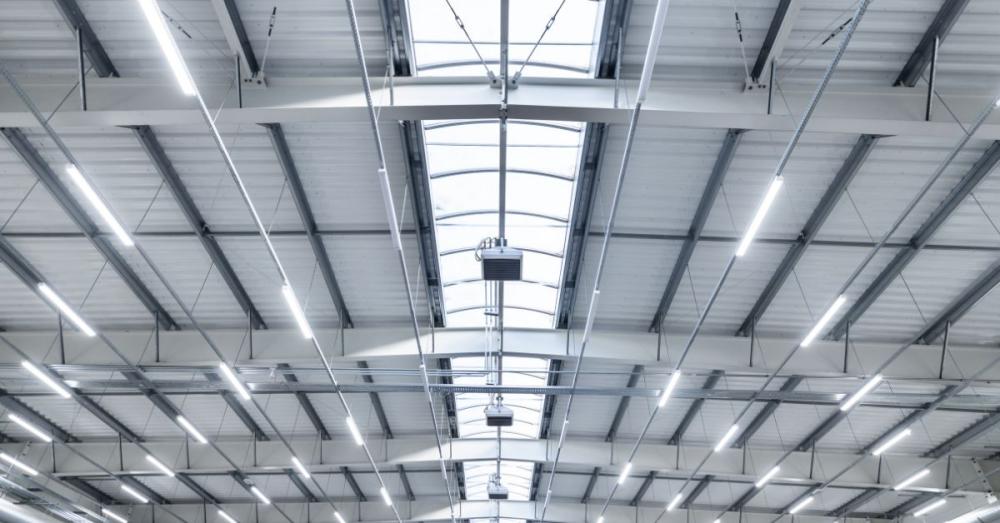
Layering is the foundation of a professional retail lighting plan. Build from base to highlight, then refine.
General Or Ambient Lighting
Start with an even base for comfort and orientation. Choose low-glare downlights, microprism panels, or continuous linear runs that suit your ceiling type. Consider ceiling height, wall and floor reflectance, and how daylight enters through the shopfront. The goal is a soft, readable canvas, not a flat or overly bright wash.
Placement matters. Map key aisles, service zones, and product bays, then position luminaires to avoid scallops and shadows. If smaller dark areas remain, fill them with targeted accent or task light rather than over-brightening the whole area.
Accent Lighting
Accent lighting adds depth and directs attention. This is where you create contrast, sparkle and theatre.
- Use track spots with a mix of beam angles so you can fine-tune for mannequins, tables, and feature walls.
- Add wall washers for brand graphics and textured finishes.
- Integrate shelf or under cabinet strips to highlight accessories and small goods.
Aim from about 30 to 35 degrees to minimise reflections on glossy packaging and mirrors. Keep accent brighter than general light to establish a clear hierarchy, then update focus when ranges move.
Task Lighting
Task lighting supports precision where decisions happen. At cash desks, use shadow free light from above and in front so faces look natural and POS screens stay legible. In fitting rooms, vertical lighting on both sides of the mirror improves colour accuracy and customer confidence. In back-of-house areas, aim for bright, even light to speed pricing, picking and inventory checks.
Offer local dimming or scene control where practical so staff can tune comfort through the day.
Layering Your Lights
Bring the layers together. Ambient light creates comfort and safe movement. Accent lighting guides attention and tells product stories. Task light supports service and speed. Add measured amounts of downlighting and uplighting to balance the scene. Storewide controls let you save simple presets for weekdays, weekends, and events, which keeps presentation consistent and reduces energy use.
When you are ready to specify fittings and controls, ensure compatibility across drivers, sensors, and emergency packs. Standardising your toolkit simplifies rollout for multi-site retailers and makes maintenance quick for store teams.
Conclusion
Creative, strategic lighting transforms retail environments, it enhances product appeal, influences customer mood, and encourages sales. By combining ambient, accent, and task lighting with smart controls and layered design, you can shape a store experience that is functional, inviting, and memorable.
For lighting solutions, from LEDs and dimmers to emergency signage and smart lighting controls, Meteor Electrical offers premium products and expert advice designed to elevate your retail presentation with style and efficiency.
Explore our collection at Meteor Electrical to shine brighter both in product and performance.
Frequently Asked Questions
1. What effect does lighting have on shopper behaviour?
Proper lighting influences mood, visibility, and perceived value, encouraging engagement and creating emotional connections with products.
2. What colour temperature is most effective for retail stores?
Use warm light (2,700–3,500K) for cozy environments and cooler light (3,500–6,500K) for clarity. Tunable white lighting in retail allows adaptability.
3. Do downlighting and uplighting both add value?
Yes, downlighting provides clarity and ambience, while uplighting emphasises architecture and visual depth. Together, they create a layered shopping experience.
4. Is LED lighting recommended for retail?
Absolutely, LEDs offer superb energy efficiency, long lifespan, colour accuracy, and flexibility for any lighting layer.
5. How do smart lighting controls benefit retailers?
Dimmers, sensors, and zoning reduce energy use, extend equipment life, and offer dynamic lighting adaptable to merchandising and ambiance changes.

